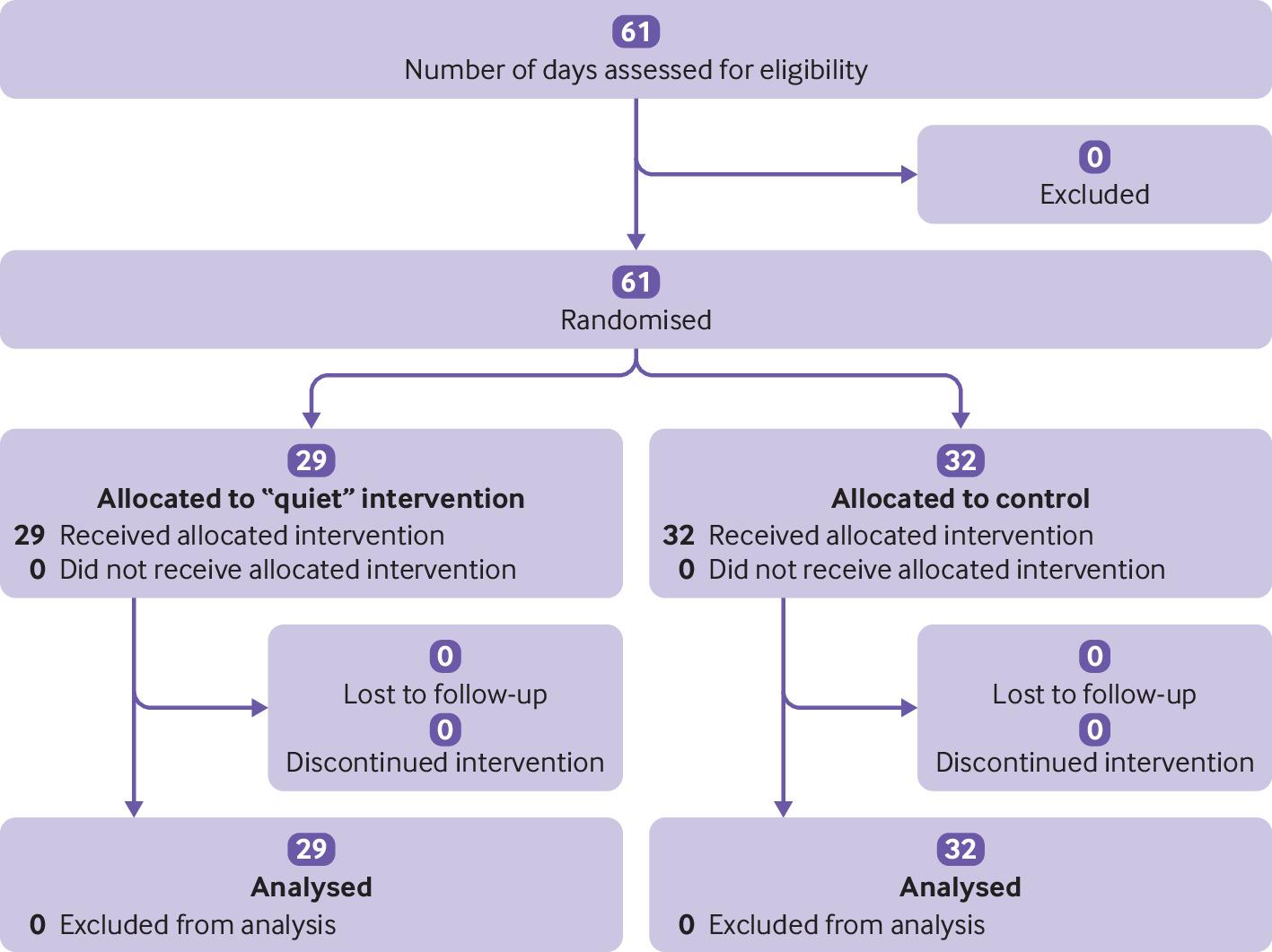Q fever, also known as Query fever, is a bacterial infection caused by Coxiella burnetii. This disease primarily affects humans and animals, leading to a wide range of symptoms that can vary in severity. While some individuals may experience mild or no symptoms at all, others might develop severe complications. Understanding the causes, recognizing the symptoms, and knowing the available treatment options are crucial for managing this condition effectively.

What Causes Q Fever?
The primary cause of Q fever is a bacterium named Coxiella burnetii. This organism is highly infectious and can survive in extreme environmental conditions, making it challenging to eliminate. The bacteria are commonly found in livestock such as cattle, sheep, and goats, but they can also infect other animals like cats and dogs. Humans typically contract the infection through direct or indirect contact with infected animals.
Transmission Routes
- Inhalation: The most common way people get infected is by breathing in dust contaminated with the bacteria. This often happens in environments where animal birth products, such as placenta or amniotic fluid, are present.
- Contact with Animals: Handling infected animals or their waste products can lead to transmission. Farmers, veterinarians, and slaughterhouse workers are at higher risk due to their frequent exposure to livestock.
- Consumption of Contaminated Products: Although less common, consuming unpasteurized milk or dairy products from infected animals can also result in infection.
- Tick Bites: Ticks carrying the bacteria can transmit the infection to humans, though this mode of transmission is rare.
Symptoms of Q Fever
The symptoms of Q fever can range from mild to severe, depending on the individual’s immune response and the duration of the infection. Some people may remain asymptomatic, while others may experience acute or chronic forms of the disease.
Acute Q Fever
Acute Q fever is the most common form of the disease and typically develops within two to three weeks after exposure. The symptoms often resemble those of the flu and may include:
- High fever
- Severe headache
- Muscle pain
- Chills and sweating
- Fatigue
- Cough
- Nausea and vomiting
- Diarrhea
- Chest pain
In some cases, acute Q fever can lead to pneumonia or hepatitis, which may require more intensive medical care.
Chronic Q Fever
Chronic Q fever is a more severe and persistent form of the disease that occurs in a small percentage of infected individuals. It usually develops months or even years after the initial infection and is more likely to affect people with weakened immune systems or pre-existing heart conditions. Symptoms of chronic Q fever may include:
- Prolonged fatigue
- Unexplained weight loss
- Night sweats
- Shortness of breath
- Swollen lymph nodes
- Endocarditis (inflammation of the heart lining)
Endocarditis is one of the most serious complications of chronic Q fever and requires long-term treatment to prevent life-threatening outcomes.
Diagnosis of Q Fever
Diagnosing Q fever can be challenging because its symptoms are similar to those of many other illnesses. Healthcare providers rely on a combination of clinical evaluation, patient history, and laboratory tests to confirm the presence of the infection.
Laboratory Tests
- Blood Tests: Blood samples are analyzed to detect antibodies produced by the immune system in response to the bacteria. Serological tests are commonly used for this purpose.
- Polymerase Chain Reaction (PCR): This molecular test identifies the genetic material of the bacteria in blood or tissue samples, providing a faster and more accurate diagnosis.
- Culture Testing: Although rarely performed due to the high risk of contamination, culturing the bacteria from biological samples can help confirm the diagnosis.
Treatment Options for Q Fever
The treatment approach for Q fever depends on whether the infection is acute or chronic. Early diagnosis and appropriate treatment are essential for preventing complications and ensuring recovery.
Treatment for Acute Q Fever
For most cases of acute Q fever, antibiotics are the primary treatment. Doxycycline is the drug of choice and is typically prescribed for a period of two to three weeks. Patients are advised to complete the full course of antibiotics, even if their symptoms improve earlier, to ensure the infection is fully eradicated.
In addition to antibiotics, supportive care measures such as rest, hydration, and over-the-counter medications to manage fever and pain may be recommended. Individuals with pneumonia or hepatitis may require additional treatments based on the severity of their condition.
Treatment for Chronic Q Fever
Chronic Q fever is more complex and requires prolonged antibiotic therapy, often lasting up to 18 months. A combination of doxycycline and hydroxychloroquine is commonly used to treat this form of the disease. Regular monitoring and follow-up appointments are necessary to assess the effectiveness of the treatment and make adjustments if needed.
In cases where endocarditis develops, surgical intervention may be required to repair or replace damaged heart valves. Close collaboration between infectious disease specialists and cardiologists is crucial for managing these complicated cases.
Prevention of Q Fever
Preventing Q fever involves minimizing exposure to the bacteria and adopting practices that reduce the risk of transmission. Here are some preventive measures that can help:
- Vaccination: A vaccine is available in some countries to protect individuals at high risk of exposure, such as farmers and veterinarians. However, it is not widely accessible in all regions.
- Proper Hygiene: Washing hands thoroughly after handling animals or their products can significantly reduce the risk of infection.
- Pasteurization: Consuming only pasteurized milk and dairy products eliminates the risk of ingesting the bacteria.
- Protective Gear: Wearing masks and gloves when working with livestock or in environments where the bacteria may be present can provide an added layer of protection.
- Environmental Controls: Proper disposal of animal waste and regular cleaning of barns and other livestock areas can help prevent the spread of the bacteria.
Risk Factors for Q Fever
Certain groups of people are at a higher risk of contracting Q fever due to their occupation or underlying health conditions. These include:
- Farmers and agricultural workers
- Veterinarians and veterinary assistants
- Slaughterhouse employees
- Individuals with weakened immune systems
- People with pre-existing heart valve disorders
Understanding these risk factors can help individuals take proactive steps to minimize their chances of infection.
Global Impact of Q Fever
Q fever is a global health concern, with cases reported in various parts of the world. The prevalence of the disease varies depending on geographic location, climate, and agricultural practices. In rural areas where livestock farming is common, the incidence of Q fever tends to be higher. Public health initiatives aimed at raising awareness, improving diagnostic capabilities, and promoting preventive measures are critical for controlling the spread of this disease.





